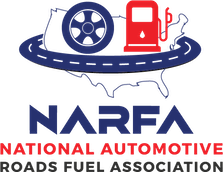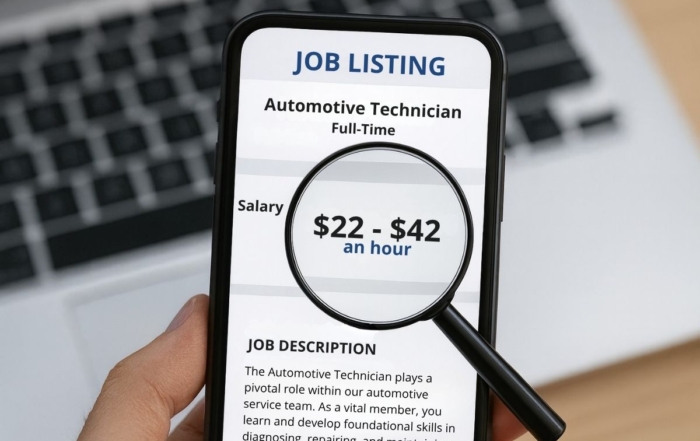WASHINGTON – The U.S. Department of Labor announced today a Notice of Proposed Rulemaking by the department’s Occupational Safety and Health Administration to improve worker safety and health by ensuring the agency’s general industry and construction industry rules reflect current industry practice and state-of-the-art technology.
The proposed rule will update the design and construction requirements for OSHA’s powered industrial trucks standards for general industry and construction, including fork trucks, tractors, platform lift trucks, motorized hand trucks and other specialized industrial trucks powered by an electric motor or an internal combustion engine.
Under the proposed rule, OSHA will update its general industry and construction standards for powered industrial trucks by adding references to the latest design and construction requirements published by the American National Standards Institute in conjunction with the Industrial Truck Standards Development Foundation.
The first standard for powered industrial trucks took effect in 1971, based on industry consensus standards in 1969. Since then, national consensus standards have been updated several times.
In addition to updating the design and construction requirements for future manufactured powered industrial trucks, the proposed rule will also address equipment manufactured before the effective date of the final rule.
This proposal is part of a series of regulatory projects by OSHA to update nearly 200 consensus and industry standards to reflect the current versions of consensus and national industry standards.
Submit comments online, identified by Docket No. OSHA-2020-0008 at the Federal eRulemaking Portal. Read the Federal Register notice for submission instructions. Deadline for submitting comments is May 17, 2022.
Recent Posts
7 Health Insurance Renewal Questions Every Business Owner Must Ask
Every year, business owners walk into their health insurance renewal meetings expecting a fair review, and walk out facing another unexplained increase.This year, change that.Instead [...]
Massachusetts Pay Transparency Law (2025): Compliance Guide for Employers
What Is the Massachusetts Pay Transparency Law?Beginning October 29, 2025, Massachusetts employers with 25 or more employees must disclose pay ranges in job postings and [...]
AICC Leads the Way: How Integrated Mental Health Support Creates Safer Workplaces
The Game-Changing Benefit Most Workers' Comp Programs Miss While traditional self-insured workers' compensation programs focus solely on handling claims after injuries occur, the AICC leads [...]




